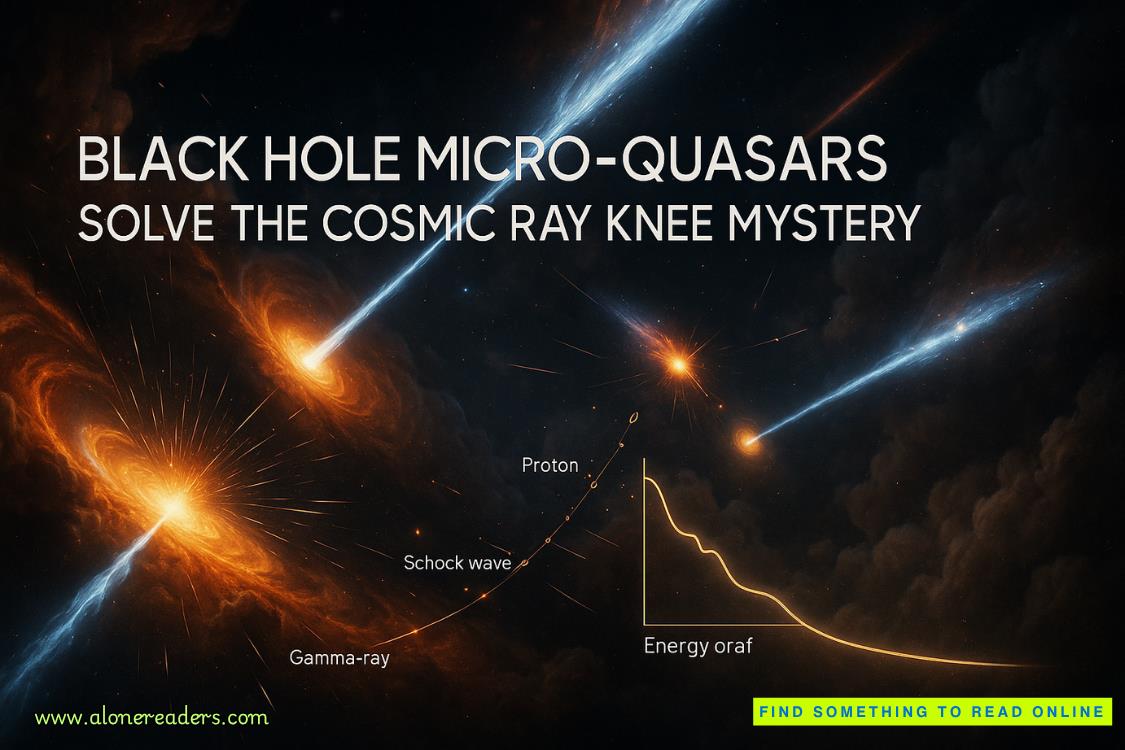Page 83 of South of Nowhere
He glanced down the hill he’d just shot up and noted John Millwood approaching the spillway bridge. He would soon begin the four-wheel-drive low-gear climb to where Shaw was.
Given that Fiona Lavelle might be in peril…and that Bear was presently unaccounted for, Shaw would not wait for the man to arrive. He walked slowly back and forth, studying the asphalt.
The rain had been relentless but had not removed the fresh skid marks from the front and rear tires of a sedan. He speculated that they had been left by Lavelle’s Camaro as she had, maybe, heard the pickup behind her honking in alarm and had glanced back to see the levee melting, then instinctively gunned the engine. Tolifson had suggested as much.
But were these marks in fact from her vehicle? Or had they been left by some kids playing drag race on a recent Friday night?
Shaw knew a number of people in law enforcement. A crime scene team could easily have measured the distance between left and right tires—called the “track”—and gone on to one of their databases and found the answer in sixty seconds. A match wasn’t definitive. Manufacturers had learned the economic genius of sharing platforms. In one reward job he’d run, he’d learned that the Acura MDX and Honda Pilot shared a 113.8-inch wheelbase.
In this day and age, Colter Shaw could do his own forensic work almost as quickly. After deslinging his backpack he removed a tape measure, crouched and checked the distance between the center of one skid mark to the center of the other. About sixty-two inches. A fast search online showed that the track of a late-model Chevrolet Camaro came in at sixty-two and a half inches.
Good enough.
Millwood crested the hill far less dramatically than Shaw had. He parked on the shoulder and joined him.
Shaw pointed. “Skid marks. It’s a Camaro’s track dimensions.”
“How do you know?”
“Measured them.”
“Yeah? You’re like Sherlock Holmes.”
Then Millwood was brushing his dark hair absently as he looked down at the black streaks. “They don’t go straight down the highway.”
No, they didn’t. The skid streaks indicated that the car was pointed about forty-five degrees to the right. Shaw squinted as he examined the shoulder. “Look.”
He was nodding at some green shrubs with broken tips. The men pushed past them and into the woods. Before them was an overgrown trail that descended for a long distance—at least a quarter mile—until it disappeared in the dark woods. Near the shoulder, the path—probably one of the logging or mining trails Tolifson had mentioned—was stone and gravel, but the men didn’t have to go very far before they found a patch of mud with fresh tire prints. They had the same track, so it was most likely Fiona’s car.
“She came this way?” Millwood was puzzled, clearly. “Why would she do that?”
“You said she wasn’t an expert driver. Probably she sped off the levee so fast she lost control and drove through the brush and started down. It’s about a twelve-degree incline, slick leaves and mud. No way she could stop.”
“Let’s go,” Millwood muttered urgently.
“Wait,” Shaw called, not to discourage him pursuing the search—they’d already settled that issue—but to give them a chance to assess and find a safe way down the incline.
Never hurry into an unknown environment.
But the man didn’t hear, or he chose to ignore him. Millwood ran back to the highway and a moment later the Lexus crashed through the brush and started down. Shaw actually had to step back. Walking to his bike, he climbed on, fired up and followed.
As they descended the grade grew steeper and rockier yet and Shaw—a dirt bike motocross racer—drew on his skills to sway around the obstacles. Soon they bottomed out on a flat area of stone and mud. Ahead of and above them was Copper Peak. It was a miniature version of Yosemite’s Half Dome, with a sheer, almost vertical face to the north and a rounded side to the south, pitted with caverns and ledges and cliffs.
To the men’s left, southwest, the mining trail continued into the woods. To the right was a cliff below, which they could hear the turbulent mini version of the Never Summer, formed as the runoff from the spillway raced through the gulley.
Both men looked up the muddy and brush-filled trail.
Millwood voiced his opinion. “She controlled the skid, then decided she couldn’t get back up the hill in a rear-wheel-drive car and kept going into the forest.”
Made sense to Shaw. “And she’s stuck in the mud somewhere, her cell battery gone. With the rain, she didn’t want to hike out, and’s waiting for it to clear.”
He decided against telling the man that it was in that very direction, several miles farther on, that he’d been attacked. In a minute or two he would speed that way on the bike, his pistol grip exposed—just in case—and have Millwood follow.
But Shaw then glanced behind him—toward the cliff and the sound of the runoff torrent.
He saw a tread mark.
Millwood noticed too. “No!”















